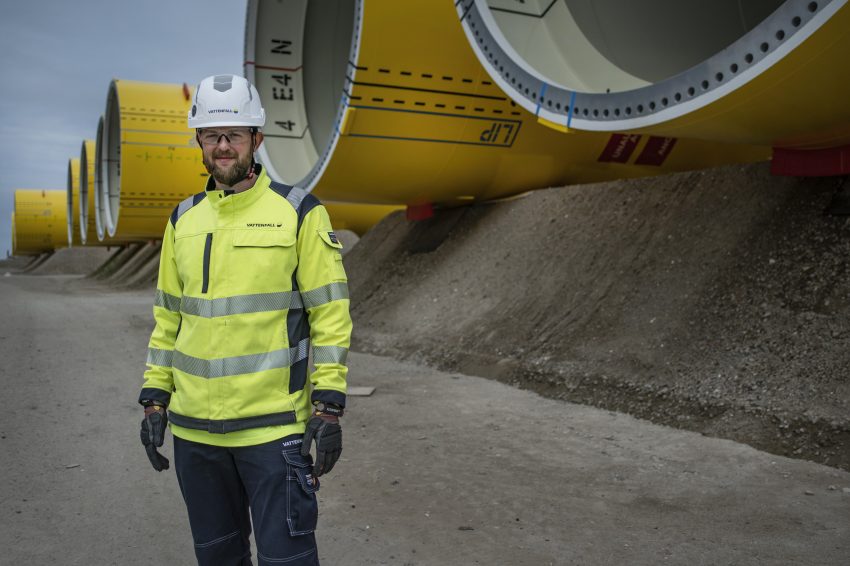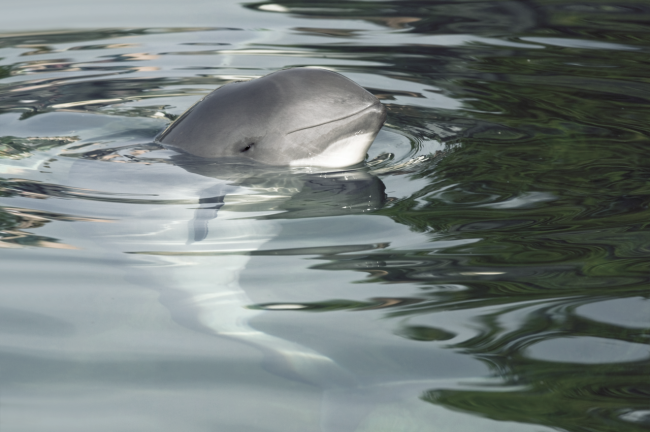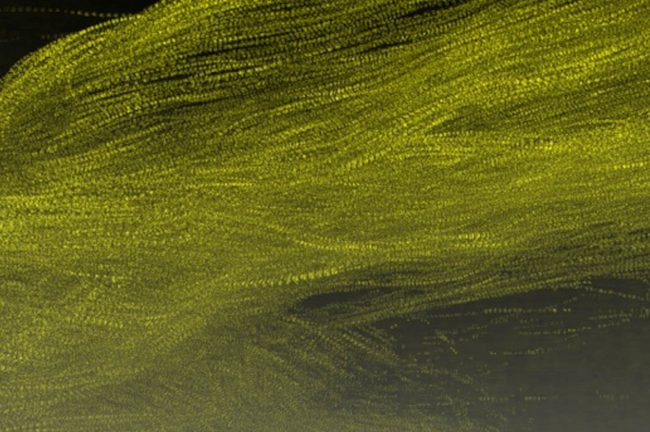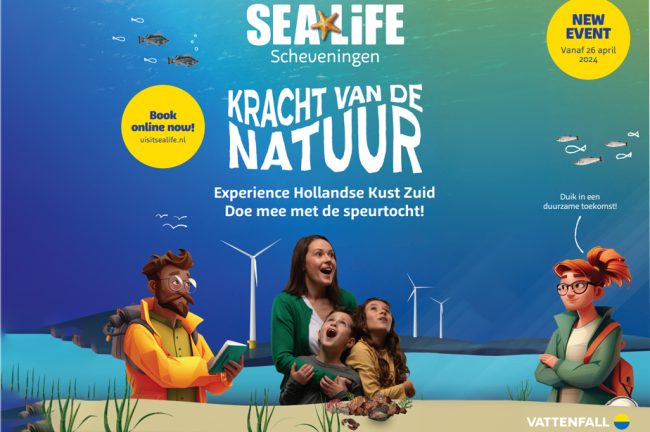During the construction of the Hollandse Kust Zuid wind farm, some work – like piling a foundation or installing a turbine blade – is more visible than others. But all work is just as important in realizing the wind farm. Behind the scenes there are many people making sure that the construction is done in accordance with health, safety and environmental (HSE) regulations. Charles Walker and Siebe Veenstra are environmental & sustainability specialists for HKZ. Dominique van Oosterom is one of the health and safety specialists. They describe their work and its importance.
Within the HKZ project, HSE compliance responsibilities are split between environmental, and health & safety compliance specialists. Their work often overlaps; both parties strive towards a safe project, for people and planet. Siebe Veenstra, Charles Walker and Dominque van Oosterom ensure that Vattenfall and its contractors comply with national and international legislation and agreements on environment and sustainability, and health and safety. As well as with Vattenfall’s own HSE policies. “There is a whole set of requirements we have to comply with – think of the Dutch Kavelbesluit (lot decision)”, Siebe explains. “But this is not the only thing that we have to do, Vattenfall itself also finds environmental and safety awareness during the construction of HKZ very important. That is why we are always striving for operational excellence.”
Continual improvement
“We are always looking for what we call ‘continual improvement’ in all our operations and activities. We ask ourselves: in what ways can we avoid or mitigate environmental impact and at the same time improve sustainability? We want to go the extra mile to reduce emissions, create less waste, consume less resources,” Charles says. “Continual improvement is also the backbone of our environmental management system that follows the international standard of ISO14001. To be certified you must have a system in place to show that you learn from your mistakes and that you improve your procedures and operations.” Charles’ and Siebe’s work requires consultation with colleagues, raising awareness for environmental work issues during team talks, putting procedures in place and making sure that those procedures are followed by Vattenfall and their contractors.
Coming home safely
Dominique sets out his view on health and safety: “Our goal is to have zero incidents. That sounds ambitious, but we want everyone who came into work to also come home safely. During the preparation phase of the project we looked at all procedures and planning. What type of work will be performed, and in what way will it be performed? Is this safe? What can go wrong? And how could we mitigate risks? All these steps are worked out in documents, from the preparation to the construction phase – and then transferred to the field. An example of what we analysed critically were tools that are used to strip cables. We observed that in the offshore industry there were quite some incidents with these tools in the past. So, before we started construction, we investigated together with the manufacturer of the cables and our installation contractor for alternatives. In the end, we even developed custom- made tools to make the work safer during this project and the next ones to come.”
Offshore audits
“One of the key tools we use to ensure all the right procedures are followed, is the so-called contractor performance audit”, Charles states. “This template guides us in exchanging with crew when we visit vessels or onshore construction sites. The audit covers topics such as leadership, environmental protection, emergency response and incident management. We also use it to check that documentation is implemented correctly and properly. Typically, we look for good waste management practices and housekeeping, no spillages, and well-maintained spill kits in high-risk areas in case of emergencies. We also like to observe or see recorded evidence of drills and exercises in response to different spill situations.”
Dominique: “The challenge is to convey our HSE message to the people in the field and the contractors. For continual improvement we are dependent on their input. We are actively searching for feedback to assess whether our procedures are actually working and how we can improve them. Luckily, we operate in a good relationship with the contractors. Instead of Vattenfall dictating, HSE is something that we work on together. When incidents occur, we work together to learn from it and ensure it will not happen again. Afterwards, we share these lessons learned within Vattenfall, but also with our contractors, the branch organisation and even the Dutch authorities (Rijkswaterstaat, Staatstoezicht op de Mijnen, Kustwacht) to work on this continual improvement.”
Incidents
Siebe: “Next to preventing measures, we also spend a lot of our time on the follow up of incidents. An incident can be anything from an object falling in the sea to an oil spill. Under Dutch legislation incidents need to be reported to Dutch authorities like the Coastguard and Rijkswaterstaat (Department of Waterways and Public Works). We have to follow up the reporting with our contractors. From our contractors we want to see an incident investigation report. What happened? What is the root cause and how are they going to prevent the incident from reoccurring. It is hard to measure continual improvement in numbers, as the construction of HKZ is different now than it was last year. But I am happy to say that we did not have any substantial environmental incident in the last year, even though we have been working with a large number of vessels for the last year.”
Dominique: “I can also proudly say that we have not had any major incidents so far which could have resulted in injuries, thanks to everyone involved in the project. Of course, the project is not finished yet, and we want to stay pro-active and alert until the end and make this a successful and safe project.”
Photo: Dominique van Oosterom. Credits: Vattenfall/Hans-Peter van Velthoven




